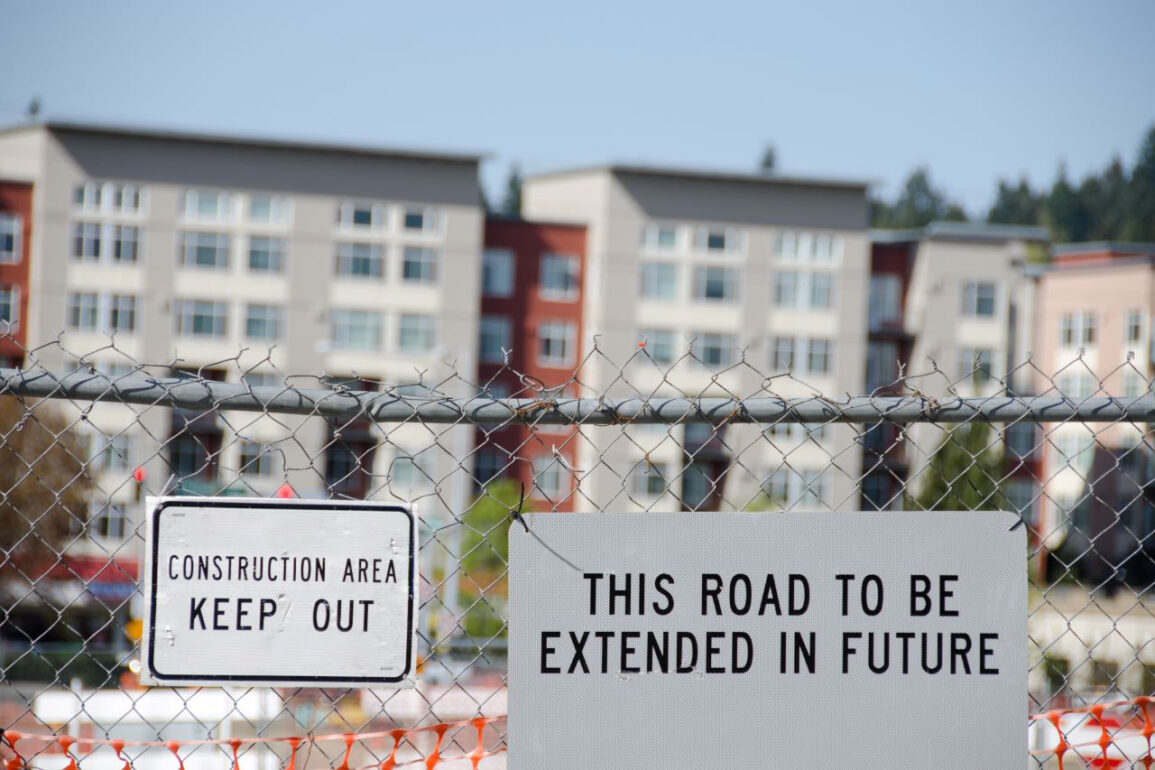Among the myriad lifestyle and employment shifts sparked by the pandemic, housing was a top concern for those who now found themselves working from home a majority of the time. As a result of these changing dynamics, many of the neighborhoods in and around Seattle felt a distinct change in their population density.
The recent 2021 population estimate from the U.S. Census offers new insight into these fluctuations, as the official 2020 census took place barely a month into the pandemic shutdown. The new estimate sheds light into the larger patterns and long-term effects quarantine took on the local housing market.
Across Washington State, Redmond came out ahead as the city that saw the greatest increase in population during the pandemic. With an increase of 3,000 people, the city’s population is now over 76,000, which is 4% higher than July 1, 2020.
Part of Redmond’s popularity is likely due to its proximity to major employers like Microsoft and other tech companies. However, this boost did not apply to the entirety of the Eastside. Bellevue’s population declined by 1.6% and Sammamish by 1.3%.
Seattle also saw a decrease of over 4,000 people between 2020 and 2021, however that makes up less than 1% of the city’s total population of 733,919. San Francisco experienced a 6% decrease, with some of those move-outs likely coming to call Seattle home.
The suburbs outside of Seattle and Bellevue also felt the shift, with Renton, Federal Way and Auburn all losing at least 1.5% of their population. Kent had previously been one of the fastest growing cities in the country, but during quarantine it saw a 1.3% decrease as well. On the other hand, rural Black Diamond saw one of the biggest proportional increases of over 17%, thanks to new housing developments coming online in the otherwise quiet community.
Outside the state, suburbs around Boise, Idaho were some of the fastest-growing in the country — possibly thanks to some residents leaving Seattle for more affordable pastures.
While these numbers are certainly notable, the official reports will have to wait until the 2030 census, when the pandemic’s long-lasting effects will finally reveal themselves in the population data.
This article was originally posted on Seattle Met by Benjamin Cassidy.




